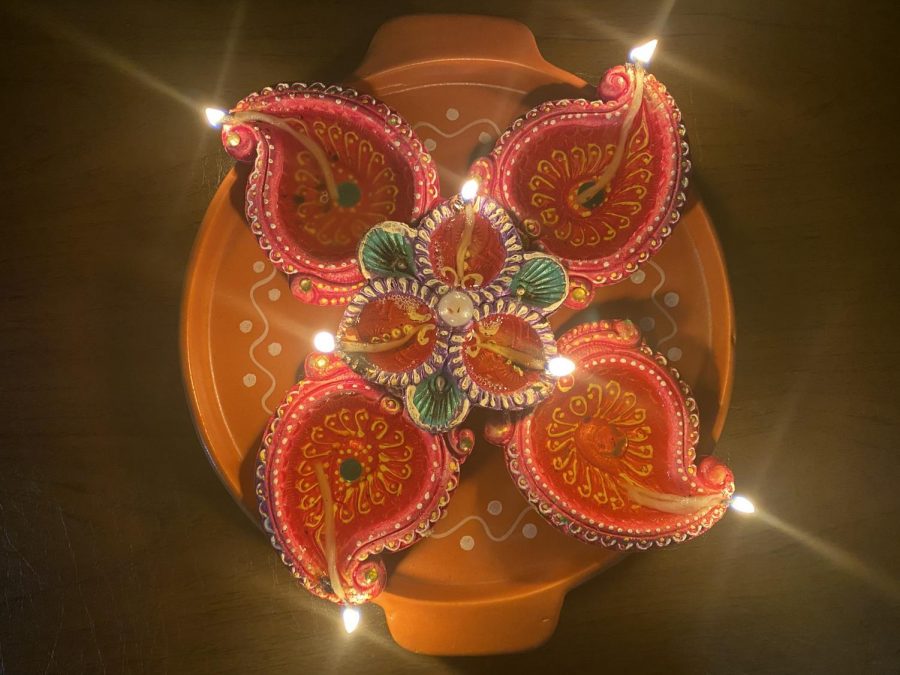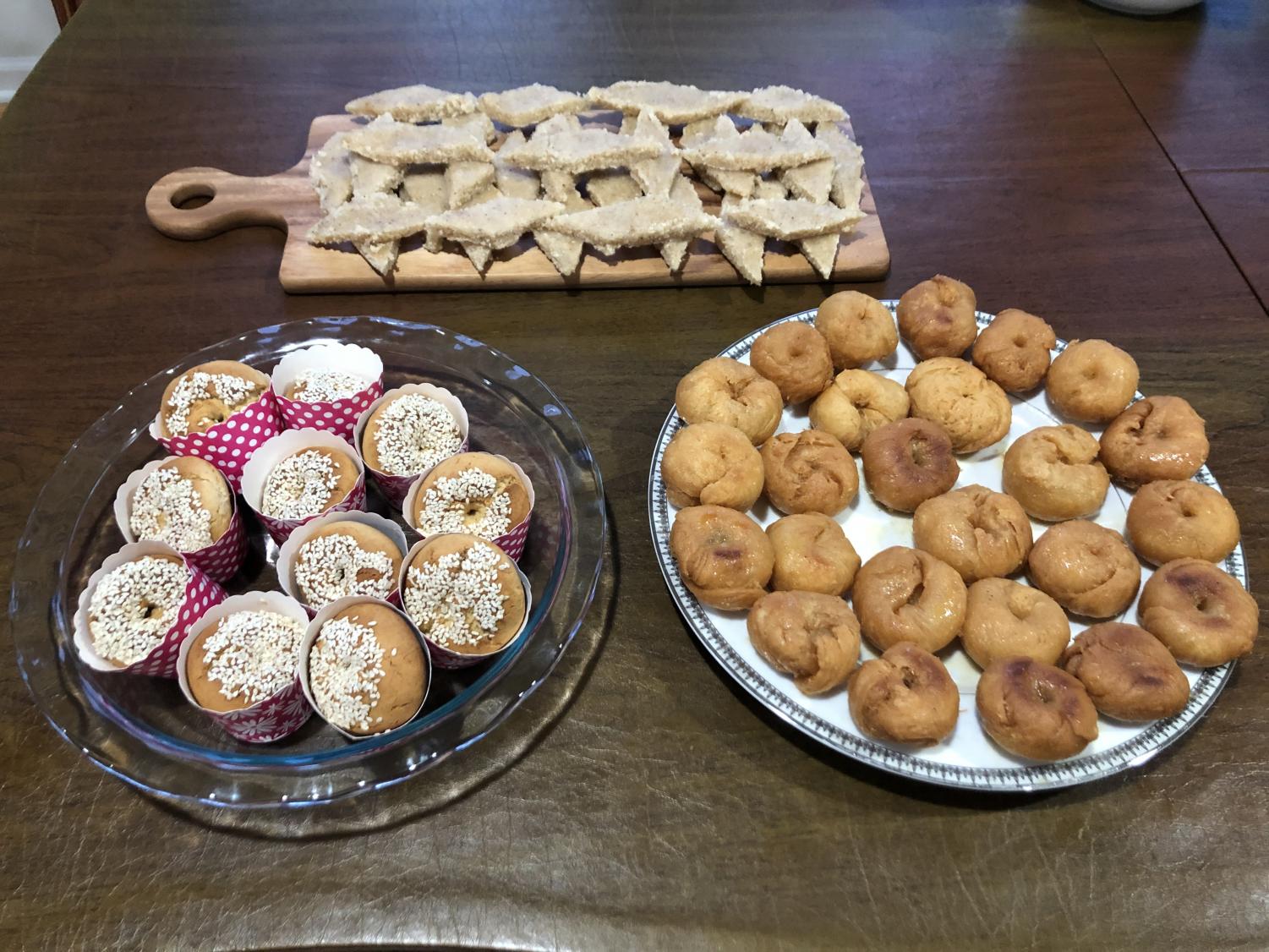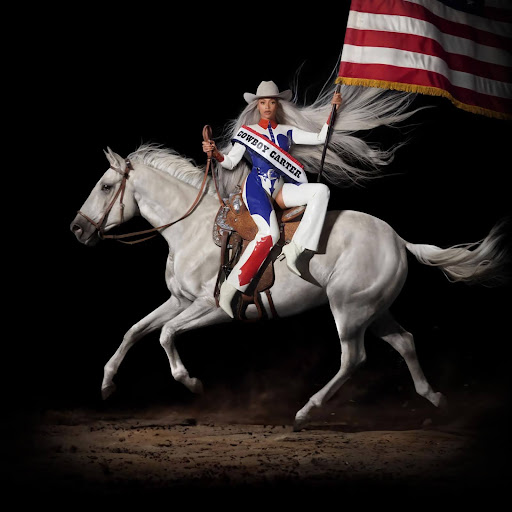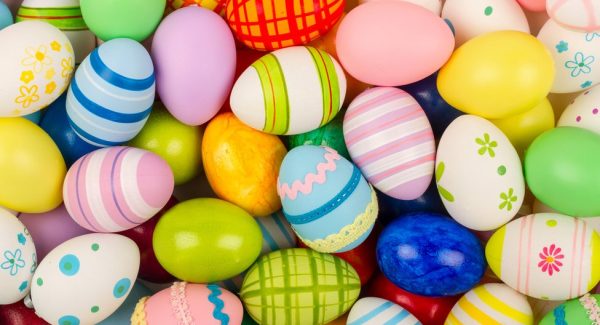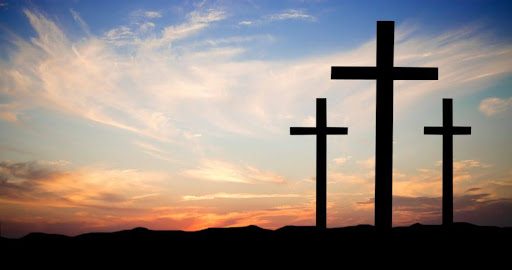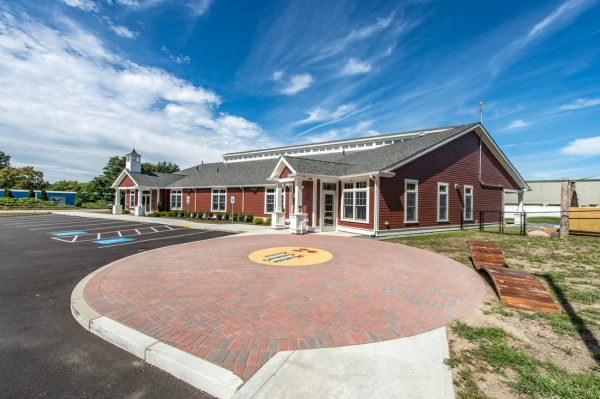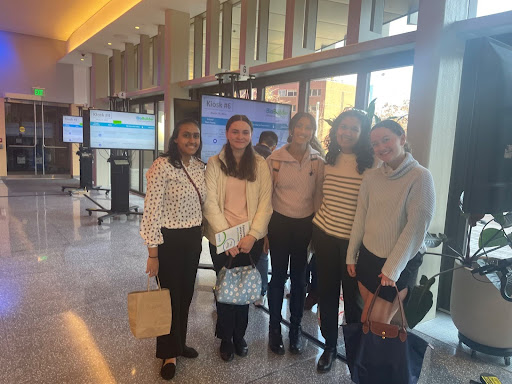The Celebration of Diwali
Montrosians Celebrate Diwali:
This year, the Hindu festival of Diwali, also called Deepawali or the Festival of Lights or New Year, was celebrated on November 14. Although there were no large Diwali parties this year because of COVID-19, families still celebrated individually. Many of Montrose’s Hindu students enjoyed celebrating Diwali with their families this weekend. Mythili Batchu ‘21 said: “My favorite part about Diwali is being able to get dressed in cultural clothing and decorating our house. A couple of days before, we put up string lights outside of our house and lit lots of candles inside of our house. On Diwali itself, we tend to spend a lot of time in the kitchen making delicious Indian sweets in preparation for the pooja we do as a family. Usually, towards the end of the day, we get together with other families and friends and have a big party with lots of food, dancing, and firecrackers. This year is definitely different because of the pandemic, but I am excited for some new traditions to be made!”
(Mythili Batchu ’21)
Spandana Vagwala ‘22 described her Diwali experience: “I love Diwali so much because the decorations are so beautiful and it creates a very serene, spiritual, festive vibe in my house that everyone in the family can connect to! Typically we have family friends over or visit others but because of COVID that’s not possible this year. Sometimes we do small firecrackers just on our driveway and feed each other sweets. We also always do a small ceremony to commemorate the significance of the holiday. It’s definitely one of my favorite times of year.” My (Neha Sunkara ’21) own family celebrated Diwali by cooking sweets in the days leading up to Diwali, creating water candles to light, dressing up in our new Indian dresses, and delivering sweets to our neighbors.
(Neha Sunkara ’21)
Ridhi Thotakura ‘23 remembers her Diwali experience with her family and the food she eats: “I love Diwali because I have a large family who live near me, and since Diwali is a time to celebrate with the fam(family) I feel really lucky. Another plus point is the great food that we make and share with others. Indian food is really great and it makes me feel connected to my family back at home. To know I am eating the same thing that they are at home is an amazing experience.” Hansini ‘24 celebrated Diwali with her family and her neighbors with firecrackers and food: “We did firecrackers and for the first time, my little sister who is five years old got to light her first firecracker ever. It was adorable the way she lit the firecracker and immediately ran away. We also ate a lot of food, but this year was definitely different because instead of the large parties, we only had a small potluck.”
The Origin of Diwali:
The origin of Diwali starts with the Ramayana, an Indian classical epic. A long, long time ago, the Emperor Dasaratha had a son named Rama with his first wife. Rama was Dasaratha’s rightful successor and also the reincarnation of the god Vishnu the Preserver. However, Dasaratha’s third wife wanted her son, Baratha, to become the emperor. So, in accordance with his third wife’s wish, Dasaratha banished Rama. Rama, a faithful son, left royal life to live in the forest with his wife Sita and one of his brothers, Lakshmana. Baratha placed Rama’s shoes on the throne to signify that he was reigning only in the absence of Rama, the true emperor. Rama, Sita, and Lakshmana lived happily in the forest until Soorpanaka, the sister of Ravana king of Lanka, arrived. Soorpanaka tried to seduce Rama and Lakshmana. When she failed, she attacked Sita. Lakshmana, seeing Soorpanaka attack Sita, cut off Soorpanaka’s ears and nose. Soorpanaka returned to her brother Ravana and announced to him what happened, but she also added that Sita was a very beautiful woman. Ravana, after luring Rama and Lakshmana away from the camp on a golden deer chase, kidnapped Sita and took her to Lanka. Rama and Lakshmana came back after the hunt, saw that Sita was gone, and realized what had happened. To search for Sita, Rama and Lakshmana gathered an army. However, Lanka was an island without a bridge. But Hanuman, because he was the son of a god, had superpowers that allowed him to grow and to fly. So, Hanuman flew to Lanka and told Sita that Rama was coming to rescue her. After Hanuman returned to Rama, the men and the army built a bridge of rocks to Lanka and battled Ravana. The war ended when Rama killed Ravana. By this time, Rama’s four years in exile ended. Rama, Sita, and Lakshmana returned home victorious in battle. To celebrate their return, the people of the empire lit lamps. Every year, Hindus celebrate that Vishnu, as Rama, defeated evil by lighting our own lamps and firecrackers, dressing up in cultural outfits, and eating great food.
Neha Sunkara ‘21, Food and Wellness Editor & Hansini Gundavarapu ‘24, Contributing Writer
21nsunkara@montroseschool.org, 24hgundavarapu@montroseschool.org

